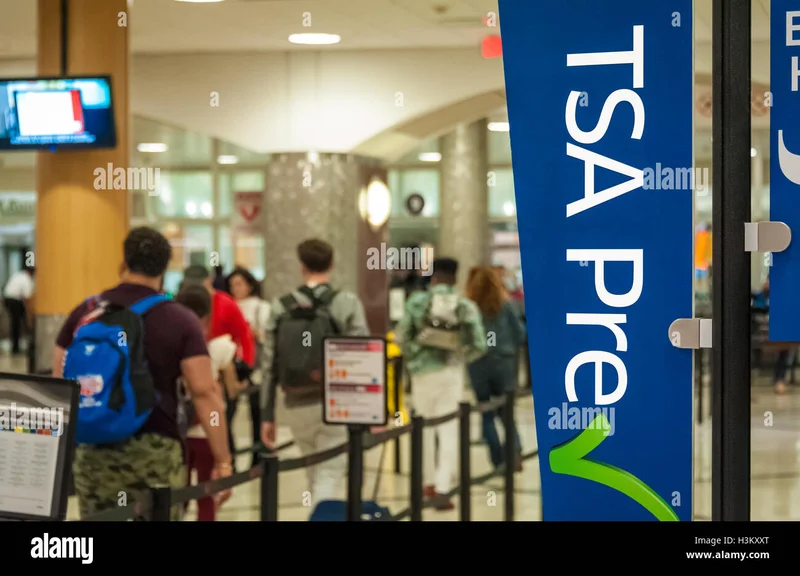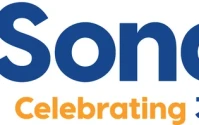We’ve all been there. Standing in that soul-crushing, serpentine queue at airport security, shoes in a grimy plastic bin, laptop exposed, dignity somewhere back at the check-in counter. It’s a ritual of modern travel we’ve come to accept as a necessary evil—a clunky, analog process of manual checks and physical documents designed to impose order on chaos. We see it as a problem of logistics, of moving bodies from Point A to Point B.
But what if the line itself is the wrong way to think about it? What if this entire process, this monument to friction, is a relic of a bygone era? I believe we’re witnessing the quiet, almost unnoticed deployment of a system that will fundamentally redefine not just how we travel, but how we interact with the world. And it’s hiding in plain sight, masquerading as a simple convenience program called TSA PreCheck.
Most people see PreCheck as a "fast pass" for the airport, a way to buy back 15 minutes of your life for about $16 a year. And yes, the numbers are impressive: in April 2024, 99% of members waited less than 10 minutes. But to focus on the time saved is to miss the forest for the trees. This isn't about speed. It's about a paradigm shift from a system based on suspicion to one based on trust.
The End of the Document and the Dawn of You
For the last century, security has been about proving you are who you say you are by presenting a physical token—a passport, a driver's license, a boarding pass. It’s a system of possession. You have the right documents, so you are granted passage. TSA PreCheck is the first large-scale, public-facing infrastructure that flips that model on its head. It’s not about what you have; it’s about who you are.
By enrolling, you voluntarily submit to a background check. You provide your fingerprints and prove your identity to the government once, in a controlled environment. In return, you’re issued a Known Traveler Number. This isn't just a string of digits; it’s a digital key that unlocks a new status. You are now a "trusted traveler." The system has pre-verified you. This is the foundational layer, the critical first step away from the old world.
Think of it like this: the standard security line is a nightclub with a bouncer who has to scrutinize every single ID, treating everyone as a potential problem. It’s inherently adversarial. TSA PreCheck is the members-only entrance. The system already knows you belong, so the friction of entry is radically minimized. You keep your shoes on, your laptop in its bag. Why? Because the trust has already been established. The transaction of security is happening in the background, digitally, long before you even arrive at the airport.
When I first started reading about the TSA's new pilot program for PreCheck members, Touchless ID, I honestly just sat back in my chair, speechless. This is the kind of breakthrough that reminds me why I got into this field in the first place. This is where the true vision begins to unfold.

Your Face Is the New Boarding Pass
The Touchless ID program uses facial recognition to verify your identity at the security checkpoint. Let me rephrase that—it uses biometric authentication to make your physical documents obsolete. In simpler terms, your face becomes your boarding pass and your ID, all in one. You walk up, a camera verifies you against the government’s records in an instant, and you proceed. No fumbling for your wallet, no handing a phone to an agent. Just seamless, elegant, and almost invisible verification.
This is the infrastructure for a future where you just flow through the world, where the systems around you recognize you and grant access instantly without you fumbling for keys or cards or phones—it’s the ambient computing dream made real in the most mundane of places, the airport security line! We're not just eliminating a line; we're eliminating the very concept of a manual checkpoint.
This shift from physical tokens to biometric identity is as profound as the transition from carrying cash to using a credit card. The credit card didn’t just make paying for things faster; it created the bedrock for e-commerce and the entire digital economy. It was a platform. Likewise, TSA PreCheck isn't just a product; it’s the platform for a future of frictionless environments. Imagine this technology extending beyond the airport. Picture walking into your office building, a sports stadium, or a concert venue, and having the gates just… open for you. No tickets, no badges, no lines. The environment recognizes you and welcomes you in. Is that not a world we want to build?
Of course, with any great technological leap comes great responsibility. As we build this world of biometric identity, we have to demand that it’s built on a foundation of privacy, security, and user control. Who owns this data? How is it protected? Can we opt out? These aren't afterthoughts; they are the central questions we must answer correctly from the very beginning. We are at the critical design phase for the next century of interaction, and we have to get it right.
But the potential is just staggering. The fact that dozens of major credit cards from Chase, American Express, and others will reimburse the $78 application fee is more than a customer perk. It’s a signal. The system is actively lowering the barrier to entry because it needs critical mass to work. It wants us to opt-in to this future.
This Is More Than Just a Shorter Line
So, is TSA PreCheck worth it? Posing the question that way feels like asking if the first telephone was "worth it" because you could talk to your neighbor without shouting. Yes, it’s convenient. But its true value lies in what it represents. It’s a voluntary, public beta test for a future where our identity is seamlessly and securely integrated into the world around us. It’s a future built on proactive trust instead of reactive suspicion.
Every time a traveler breezes through a PreCheck lane, they are casting a vote for that future. They are participating in the construction of a new, smarter, and profoundly more human-centric system. The airport is just the first laboratory. What we’re learning here, what we’re building here, will soon ripple out and reshape the very texture of our daily lives. The line is not the point. The line is just the beginning.










